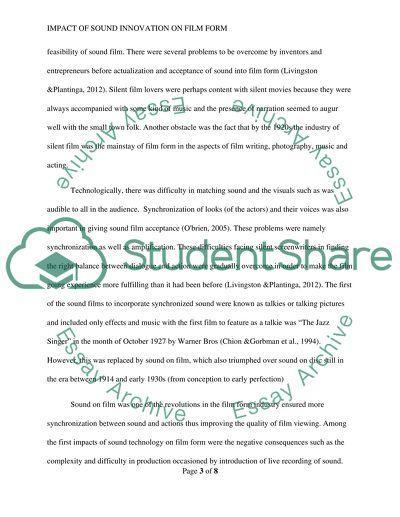Cite this document
(“'Technological innovation dictates film form'. Is this true Using at Essay”, n.d.)
'Technological innovation dictates film form'. Is this true Using at Essay. Retrieved from https://studentshare.org/visual-arts-film-studies/1494771-ychtechnological-innovation-dictates-film-formyie
'Technological innovation dictates film form'. Is this true Using at Essay. Retrieved from https://studentshare.org/visual-arts-film-studies/1494771-ychtechnological-innovation-dictates-film-formyie
('Technological Innovation Dictates Film form'. Is This True Using at Essay)
'Technological Innovation Dictates Film form'. Is This True Using at Essay. https://studentshare.org/visual-arts-film-studies/1494771-ychtechnological-innovation-dictates-film-formyie.
'Technological Innovation Dictates Film form'. Is This True Using at Essay. https://studentshare.org/visual-arts-film-studies/1494771-ychtechnological-innovation-dictates-film-formyie.
“'Technological Innovation Dictates Film form'. Is This True Using at Essay”, n.d. https://studentshare.org/visual-arts-film-studies/1494771-ychtechnological-innovation-dictates-film-formyie.


